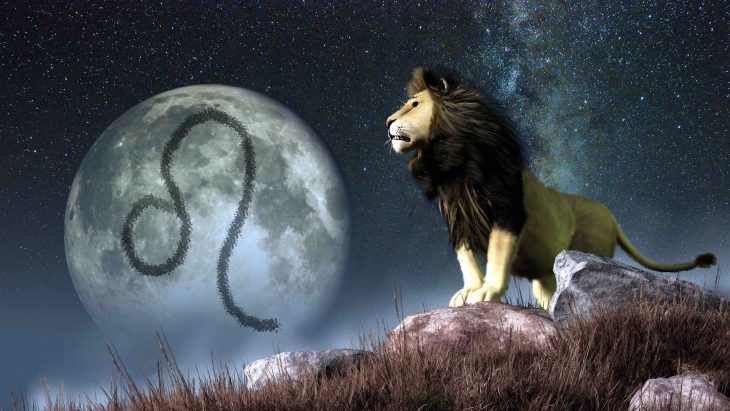
Are you ready to find out what makes the Lion stand out with our 50 amazing Leo facts? Ancient civilizations have put this zodiac sign in the spotlight many eons ago. The Ancient Egyptians worshipped Leo as a god, while the Greeks named a constellation after the Lion. The constellation Leo is wondrous, too, for having 20 galaxies within and annual meteor showers. People born under the Leo sign likes to be revered and praised constantly, which is only natural since the lion is the King of the Jungle.
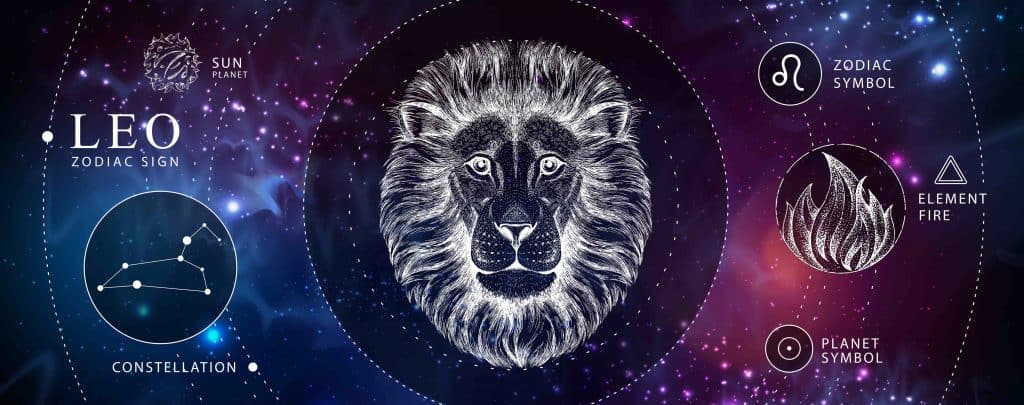
They make great leaders because they are fun, generous, and compassionate. In fact, several monarchs and four US Presidents were all born under the Leo sign! Some astrologers even advised that a Leo partner is ideal if a person likes witty jokes and never-ending adventures. Keep on reading to find out more!
- Leo is the 5th zodiac sign.
- Their season begins from July 23rd to August 22nd.
- The constellation is formed by nine stars.
- Its average distance from Earth is 1,535 lightyears.
- The Lion spans 120th to 150th degrees of celestial longitude.
- Leo is a fixed sign.
- It is the 12th largest constellation.
- Its element is fire, along with Aries and Sagittarius.
- Its symbol is the Lion.
- The Lion belongs under the Tropical Zodiac.
- The zodiac’s ruling sign is the Sun.
- Leo rules the heart.
- Its main Leo birthstone is Peridot.
- The constellation area is 947 square degrees.
- Its opposite sign is Aquarius.
- Its Sanskrit name is Simha meaning lion.
- The epic hero Gilgamesh killed a representation of Leo, the monster Humbaba.
- Egyptians worshipped Knem, the Leo constellation.
- Leo appeared on a Mughal Emperor’s gold coin.
- It was called UR.GU.LA (Great Lion) in Babylonian astronomy.
Constellations, including Leo, were discovered by Ptolemy.
Astrologer Ptolemy listed 48 constellations after 150 AD. Among these discoveries are the 12 zodiac sign constellations, including Leo! This star formation is comprised of nine stars and is located in the Northern celestial hemisphere. Its Latin name was inspired by the Greek mythological creature, Nemean Lion.
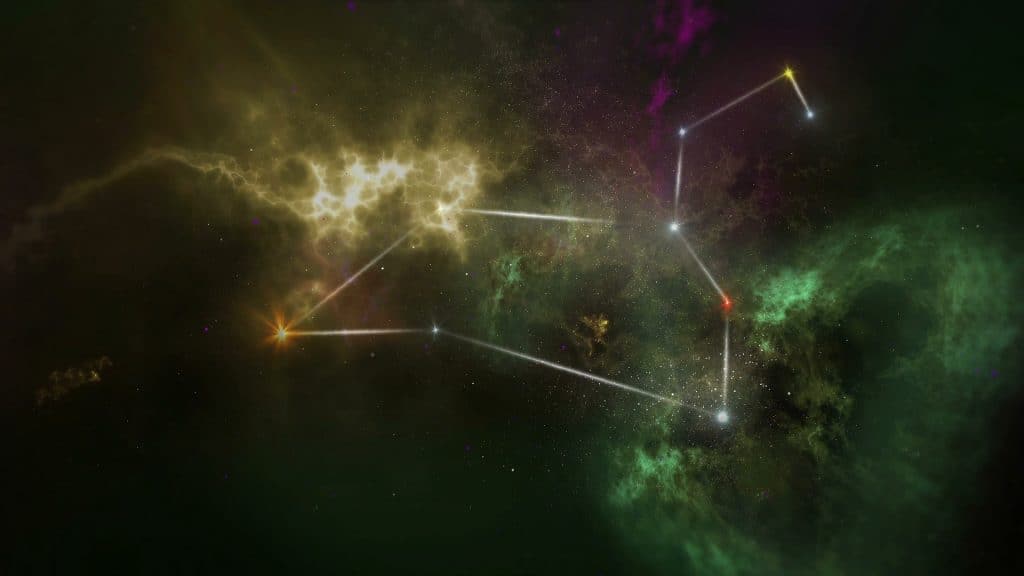
Regulus means "the star that stands at the Lion's breast."
The brightest star in the Leo constellation is a quadruple star system. This star is located 79 lightyears away from the sun. The Latin name Regulus, meaning “prince” or “little king,” was approved by the International Astronomical Union’s WGSN (Working Group on Star Names) in 2016.
Wolf 359 is only 7.9 light-years away from Earth.
Within the lion lies the wolf. Wolf 359 is a red dwarf star located within the Leo constellation. It’s only less than a billion years old and is only 7.9 light-years away from Earth. This star can also emit bursts of X-ray and gamma-ray radiation.
Leonids peak at November 14 to 15.
Every year around mid-November, a meteor shower occurs at the Leo constellation. NASA described Leonids as meteor showers that “travel at speeds of 44 miles (71 km) per second.” It is also associated with the Comet Tempel-Tuttle, causing a meteor storm every 33 years.
The Sickle is an asterism within the constellation.
The Sickle was “formed by some of the brightest stars in the constellation Leo,” according to the Constellation Guide. Asterism is a pattern of stars that is not quite a constellation. It’s described as a backward question mark, located between the constellation Leo’s “mane and shoulders.”
There are 20 galaxies within Leo.
It’s not even on the list of the largest constellations like Virgo, but Leo has one of the most galaxies within its constellation. Sky at Night Magazine recommended observing Lion’s 20 galaxies from March to May. Some of the galaxies observed are M95, M96, M105, NGC 3384, NGC 3412, and NGC 3377.
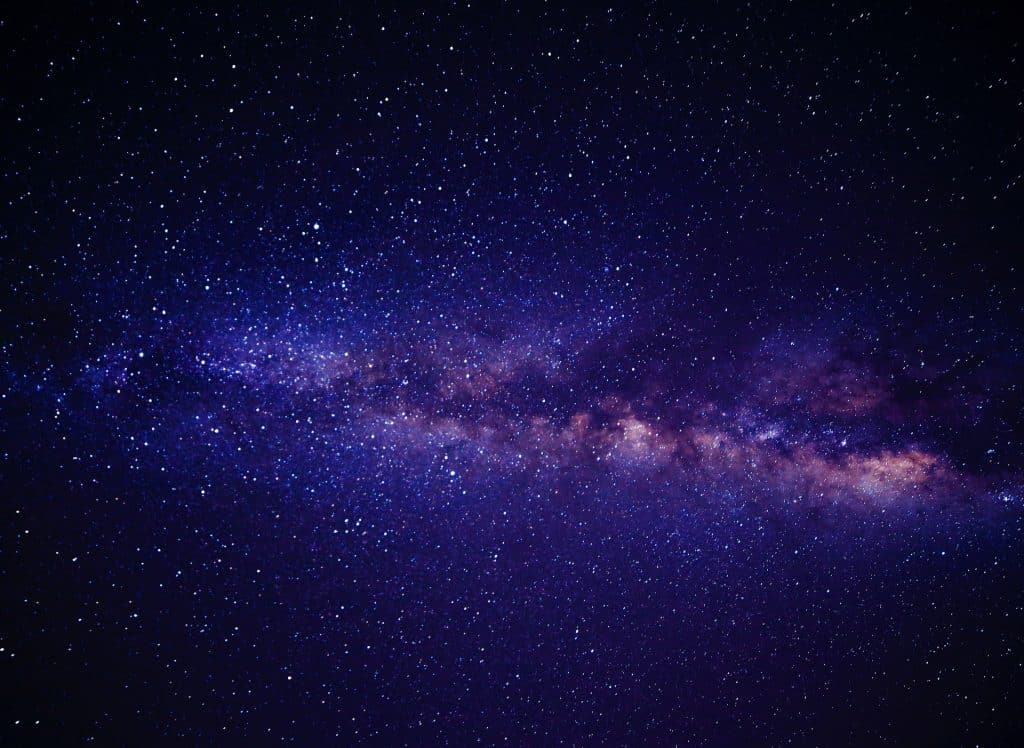
The Leo Ring lies in the center of the constellation's galaxies.
Two galaxies collided a billion years ago and formed an extremely large hydrogen cloud. In 1983, radio astronomers discovered the 650 kilolight-years diameter cloud called the Leo Ring, located at the center of the galaxies within the constellation Leo.
The constellation also contains Huge-LQG.
The Lion keeps proving itself to be a unique constellation as it also contains the largest structure in the universe. Huge-LQG was “identified as the largest and the most massive known structure in the observable universe.” It contains 73 quasars and is four billion light-years across. Talk about massive!
Scientists discovered several exoplanets within Leo.
NASA defined exoplanets as “planets that orbit around other stars.” Scientists have made discoveries of certain exoplanets within the constellation Leo in the past decade.
In 2008, astronomers found HD102272, a planet orbiting a dying red star. Four years ago, scientists discovered K218b, an exoplanet 2.2 times bigger than Earth orbiting the same red star.
Tutankhamun's golden throne featured the Lion.
The majestic throne was made with carved wood, colored glass, enamel, and gold leaves. The sculpted lion heads and claws symbolized power and royalty, a way to honor Knem (constellation Leo) for the bountiful harvest.
Sekhmet is the Egyptian Horoscope equivalent of Leo.
The Ancient Egyptians named their signs after the gods, as opposed to the West which named theirs after the constellations. Sekhmet falls on two periods: July 29th to August 11th and October 30th to November 7th. The lion-headed warrior goddess was the daughter of the Sun God Ra.
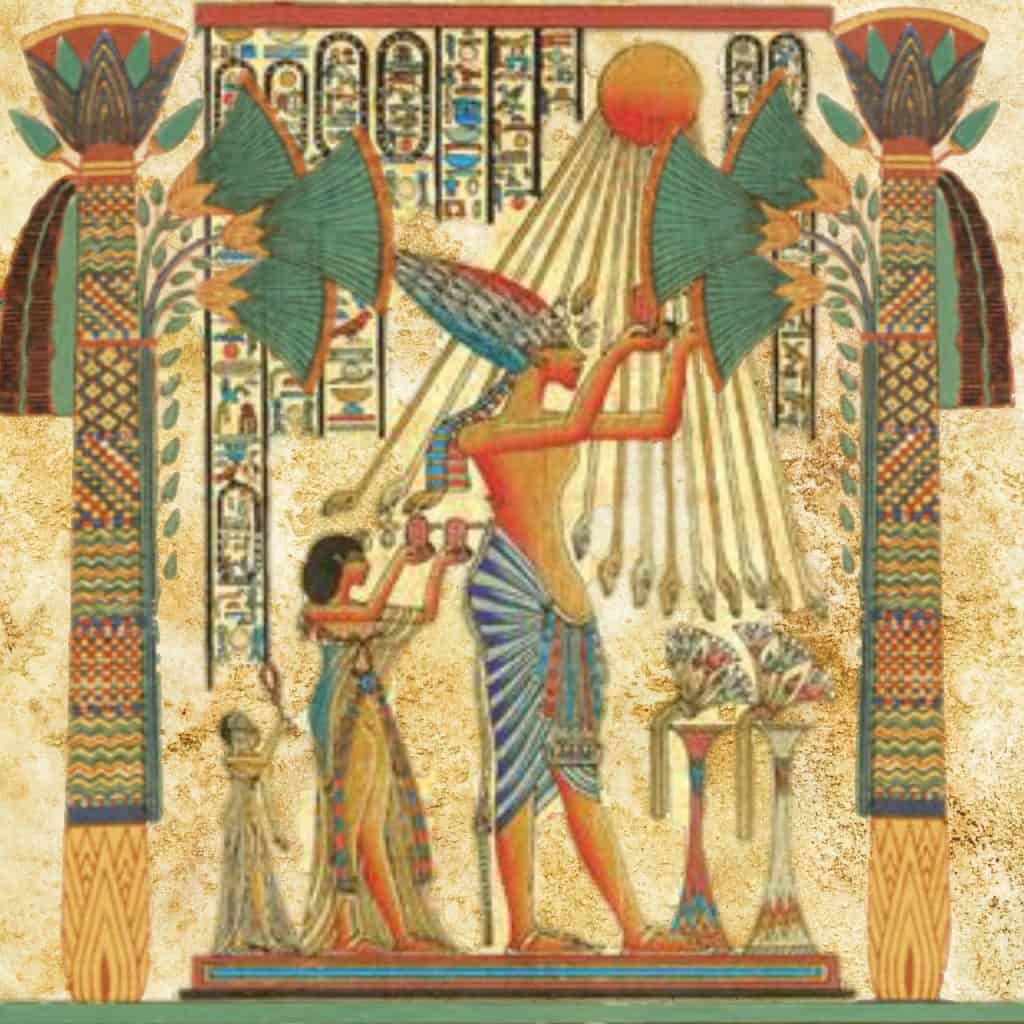
Ancient Egyptians worshipped the constellation Leo.
Aside from the warrior goddess herself, the Ancient Egyptians praised the stars too. The constellation Leo appeared at “the season of Inundation when the Nile would flood the adjacent land and fertilize the crop.”
Ever since the Lion appeared, Ancient Egyptians continued praying to it to receive bountiful crops, as the animal represented livelihood.
The Nemean Lion inspired the constellation Leo.
The demigod son of Zeus had to accomplish the Twelve Labors as recompense for murdering his children and earning immortality. Heracles’ First Labor was to defeat the Nemean Lion, a creature with golden fur and claws sharper than swords.
The demigod won when he wrestled and defeated the Lion using his bare hands. Ancient Greeks associated the constellation Leo with the demigod’s victory against the Nemean Lion.
Ovid called the constellation Herculeus Leo.
The Metamorphoses is a collection of poems featuring stories of humans becoming trees, rocks, animals, and flowers, among many others. Ovid included Heracles taking on the Nemean Lion using his bare hands, which then became part of the night sky called Herculeus Leo.
Some of its stars are part of the Yellow Dragon constellation.
At the center of the night sky lies the Yellow Dragon, one of the Five Heavenly Beasts, the god and guardian of the Earth and the Sun. According to Planet Guide, Chinese astronomers “identified some of the stars of the Leo constellation as part of [the Yellow Dragon]” in 2300 BC.
The Lion has five birth flowers.
Every fierce creature has a gentle side to them, including the Lion. There are five flowers under the sign, each with a corresponding Leo trait. The sunflower symbolizes optimism, marigold signifies positivity, dahlia embodies charisma, safflower exemplifies loyalty, and clivia expresses generosity.

Leo and Taurus share the Emerald birthstone.
If there’s something the Lion and the Bull share, aside from being fierce and stubborn, it’s the Emerald birthstone. There are several stones under Leo, including its main birthstone Peridot.
To the Lion, the Emerald “has the known ability to enhance and strengthen all of Leo’s best traits.”
The Lion's lucky colors are yellow, gold, and orange.
With the Sun as its ruling planet and fire as its element, it’s no wonder that the sign’s lucky colors are also bright and fiery. Like the Lion’s flowers, each color represents a trait. Yellow for optimism, gold for prosperity, and orange for creativity.
Each decan means differently for a Leo.
Babylonians, further enriched by the Egyptians and the Greeks, introduced the decans. According to Astrology.com, these have “the ability to change fate” and each can affect the Lion differently.
The First Decan (July 22nd to August 1st) is ruled by Saturn and can cause the feeling of lethargy. Meanwhile, the Second Decan (August 2nd to 11th) is ruled by Jupiter and represents victory. Lastly, the Third Decan (August 12th to 22nd) is ruled by Mars and signifies facing challenges.
Holly and Hazel trees encompass the Leo season.
The Druids realized how children born at a certain date match the quality of the trees. People born under the Holly sign (July 8th to August 4th) are competitive and ambitious, while people born under the Hazel sign (August 5th to September 1st) are highly intelligent.
Strength is the tarot card equivalent of Leo.
It’s not surprising that Strength is the tarot card that represented the Lion. The card depicts a woman calmly taming the lion. According to Astrology Answers, the woman symbolizes self-love, while the lion represents passion. Strength represents the Lion’s “resilience and ability to carry on.”
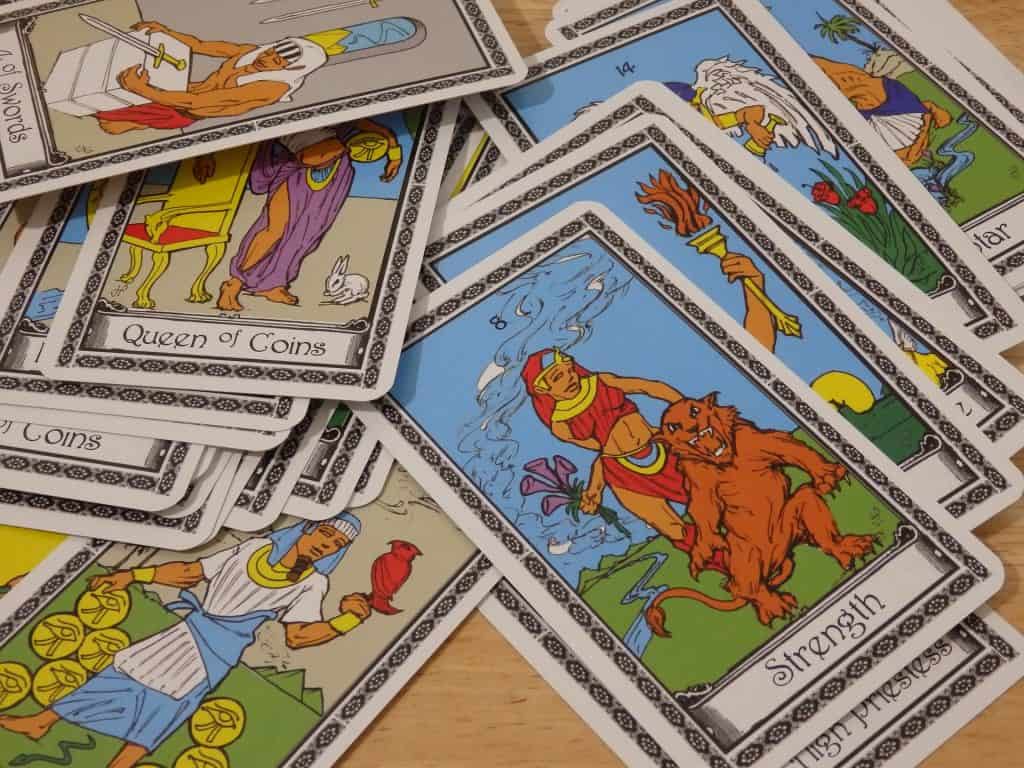
Leo is highly compatible with Aries.
Though it may seem that the Ra is prey to the Lion, the stars see differently. Both signs have big personalities and love getting attention, and their relationship will surely be interesting.
Aries and Leo “fit together as perfectly and easily” and are “well-matched in terms of temperament and personality.”
Meanwhile, the Lion is least compatible with the Goat.
Pairing Leo with Capricorn is not ideal, as both signs are complete opposites. The charming Lion may be off-putting to the stern Goat.
Elite Daily said the relationship will not “grow between these two if they can’t accept and appreciate the other for their differences and recognize the inherent strengths in both of their approaches to life.”
Leo ranked third as the most adventurous sign.
The energetic and enthusiastic Leo is always excited to roam around to seek adventure as much as they possibly can. Astrofame ranked the Lion third because “their oversized ego often leads them to do things to impress others than for themselves.”
The Lion has a good sense of humor.
It’s hard to believe that the proud (and somehow arrogant) Leo is good at cracking jokes. Lions can easily attract attention wherever they go. They have the tendency to make people listen to what they say, and it’s no different from making people laugh. Their humor stems from what they watched or what they recently learned, making the jokes funny and relatable.
They love it when you compliment them.
Lions like being the center of attention. They’re big, they’re wild, and they’re the king of the jungle. The Lion likes getting his ego stroked and complimented for his good senses. As Elite Daily says, “a Leo needs to be adored, pet, and loved.”
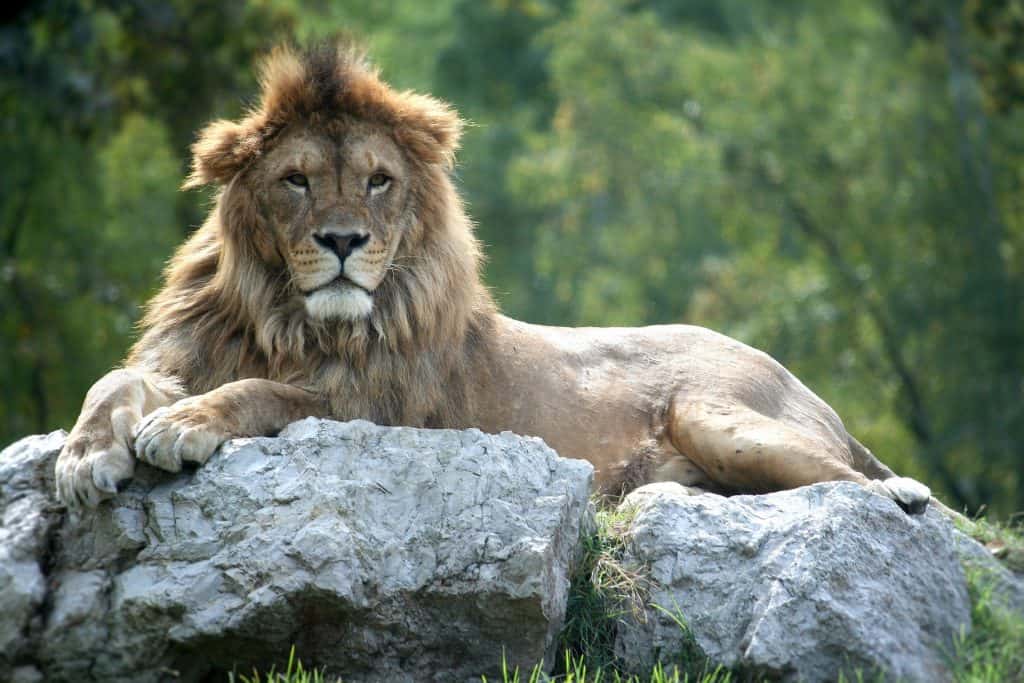
Leos can be a little stubborn too.
The Bull is the most stubborn sign there is, but the Lion wouldn’t say no to a competition. MSN Lifestyle ranked Leo as the second most stubborn zodiac sign because of their pride, “inflated sense of ego,” and their “self-centered actions.”
The Lion likes to be in charge.
“Leaders are born, not made,” so they say. But not everyone is born with leadership qualities like a Leo. The Lion has the essential qualities of a leader, including generosity, sensitivity, and compassion. People born under this sign make dignified and benevolent leaders.
Four former US Presidents are Leos.
There’s a small pride of US Presidents under the Leo sign. The 23rd President Benjamin Harrison, 31st President Herbert Hoover, 42nd President Bill Clinton, and 44th President Barack Obama are all born under the Lion. They don’t aim to please, but they aim to accomplish. Their fun, friendly, and positive attitude made them unforgettable leaders.
Some successful monarchs are also Leos.
Leading is second nature to the Lion. Roman Emperor Claudius (August 1, 10 BC), English King George IV (August 12, 1762), French military leader Napoleon Bonaparte (August 15, 1769), and Austrian king Franz Joseph I (August 18, 1830) were all born Leos.
Was this page helpful?
Our commitment to delivering trustworthy and engaging content is at the heart of what we do. Each fact on our site is contributed by real users like you, bringing a wealth of diverse insights and information. To ensure the highest standards of accuracy and reliability, our dedicated editors meticulously review each submission. This process guarantees that the facts we share are not only fascinating but also credible. Trust in our commitment to quality and authenticity as you explore and learn with us.
